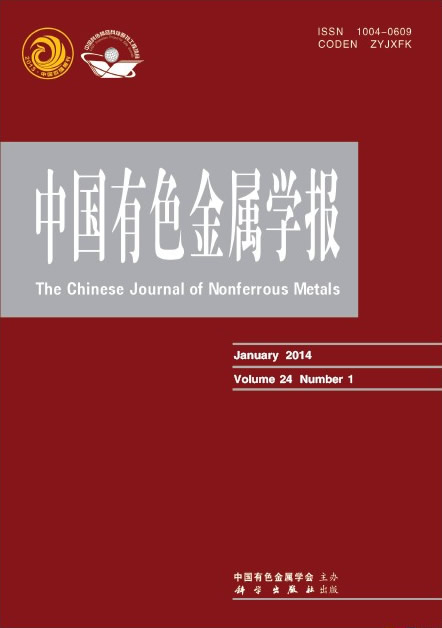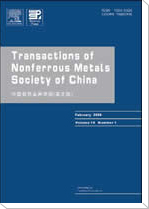(1. 合肥工业大学 材料科学与工程学院,合肥 230009;
2. 中国航天科工集团 第三研究院 306研究所,北京 100074)
摘 要: 采用真空热压扩散工艺,进行Ti2AlNb基合金的固态扩散连接,利用扫描电子显微镜及拉伸试验,对连接界面进行了组织和性能分析。结果表明:Ti2AlNb基合金扩散连接对连接温度十分敏感,当温度为950 ℃时,合金的抗强度最大且拉伸断口由大量等轴状韧窝组成,具有典型的韧性断裂特征;增大连接压力有利于界面冶金结合,但实际中希望压力尽可能小;保温时间决定扩散层深度,当保温时间为120 min时,扩散层深度约为2 μm,连接面实现了良好的冶金结合。通过实验确定了较佳连接工艺规范为温度950 ℃,压力10~15 MPa,时间120 min。 附件:15-p0662-32099
关键字: 金属间化合物;Ti2AlNb基合金;界面;扩散连接
(1. School of Materials Science and Engineering, Hefei University of Technology, Hefei 230009, China;
2. 306 Research Institute, The Third Research Academy of
China Aerospace Science and Industry Corporation, Beijing 100074, China)
Abstract:Ti2AlNb-based alloy diffusion bonding was prepared by the vacuum warm compaction diffusion method, the structures and performances of the bonding interfaces were analyzed by scanning electron microscope and tensile test. The results indicate that Ti2AlNb-based alloy diffusion bonding is sensitive to temperature, when temperature is 950 ℃, the tensile strength is the largest, and the tensile fracture is composed of a lot of toughening nests, which shows typical ductile fracture characteristics. Increasing connection pressure is beneficial to the metallurgical bonding interface, but in reality, low pressure is expected. The depth of diffusion layer is determined by heat preservation time, when the time is 120 min, the depth is about 2 μm, the junction surface achieves good metallurgical bonding. The better parameters are determined by experiment, which are temperature 950 ℃, pressures 10-15 MPa, time 120 min.
Key words: intermetallic compound; Ti2AlNb-based alloy; interface; diffusion bonding


